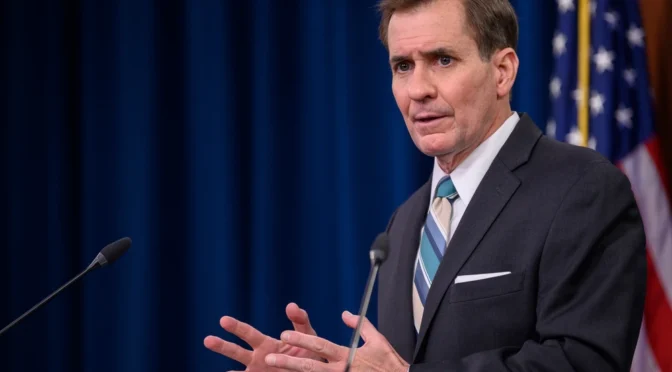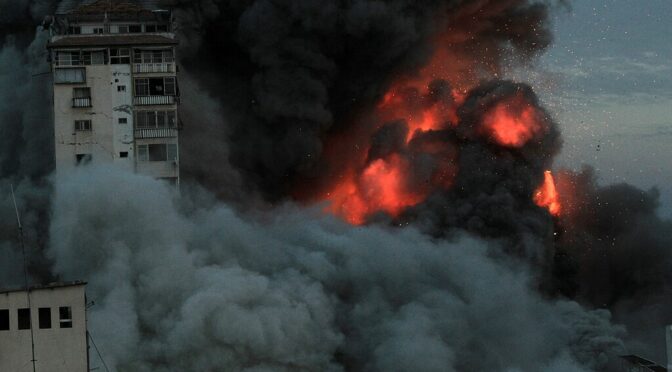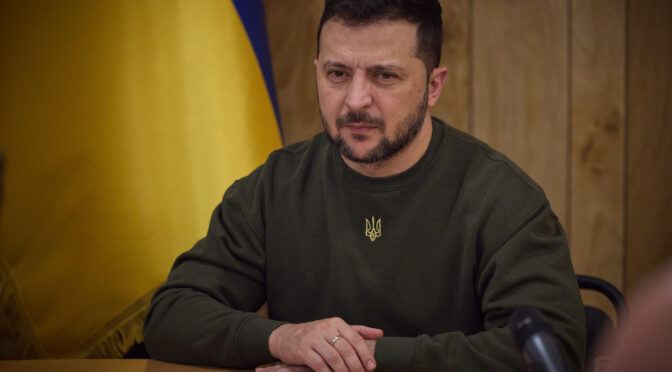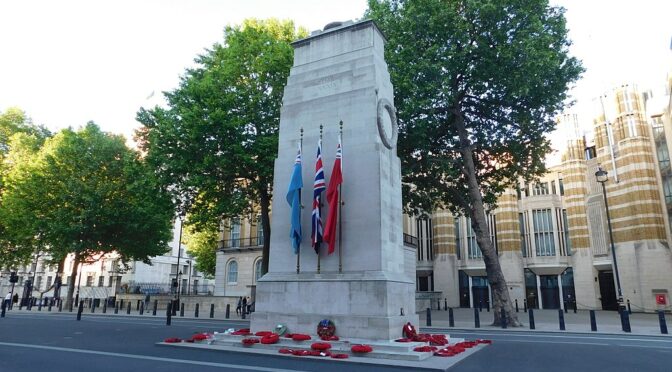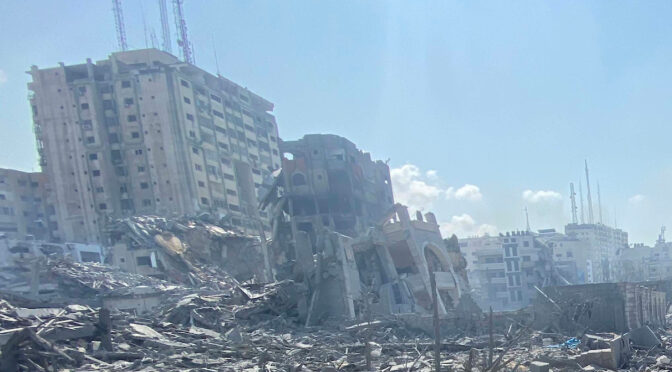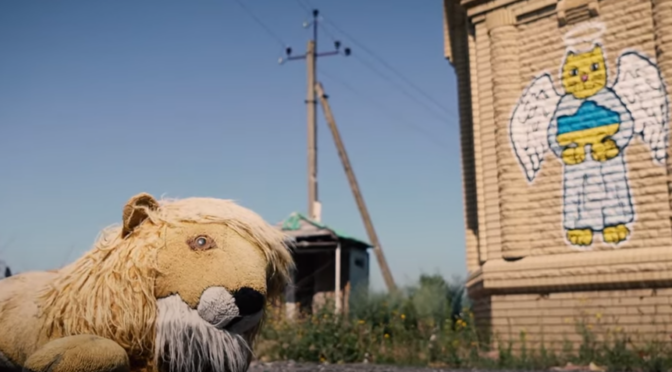Article published in The Daily Telegraph, 20 November 2023. © Richard Kemp
Hamas uses hospitals and other protected places like schools and mosques for terrorist purposes. Since 2006, when the terror group took over the Gaza Strip, we have seen report after report showing just that.
Back then, an American Public Broadcasting Service documentary showed Hamas gunmen prowling the corridors of Al-Shifa Hospital, intimidating staff and denying access to protected areas. In 2014, a Washington Post journalist reported that the hospital ‘has become a de facto headquarters for Hamas leaders’. In 2015, Amnesty International said that Hamas interrogated and tortured prisoners in Al-Shifa.
Yet since Israel launched its ground invasion of Gaza, this has suddenly come into question. IDF explanations for raids into civilian buildings, especially hospitals, have been treated with disbelief and even hostility. This is despite CCTV images of hostages being rushed around the Al-Shifa hospital, and evidence of a tunnel leading underground from within the complex. Captured Hamas terrorists have confirmed the use of hospitals for their terrorist cause and even Yahya Sinwar, the leader of Hamas in Gaza, admitted in a speech in 2021 that the group used civilian infrastructure for military purposes.
Chief among those questioning what ought to be clear facts, inevitably, has been the BBC and its international editor, Jeremy Bowen. After the IDF displayed weapons seized at Al-Shifa, he gave an on-air diatribe implying that this was not convincing evidence that Hamas had a base in the hospital. He even suggested the pile of weapons could belong to the ‘security department’. Perhaps it is a coincidence that Bowen’s claim directly echoed the words of a senior Hamas terrorist on Al Jazeera two days earlier.
US intelligence confirms Al-Shifa has been used as a military headquarters. But terminology used by the White House national security spokesman, John Kirby, that it housed a command ‘node’ rather than a command centre as the Israelis described it, suggests a desire to underplay its significance. It’s hard to understand such Continue reading

